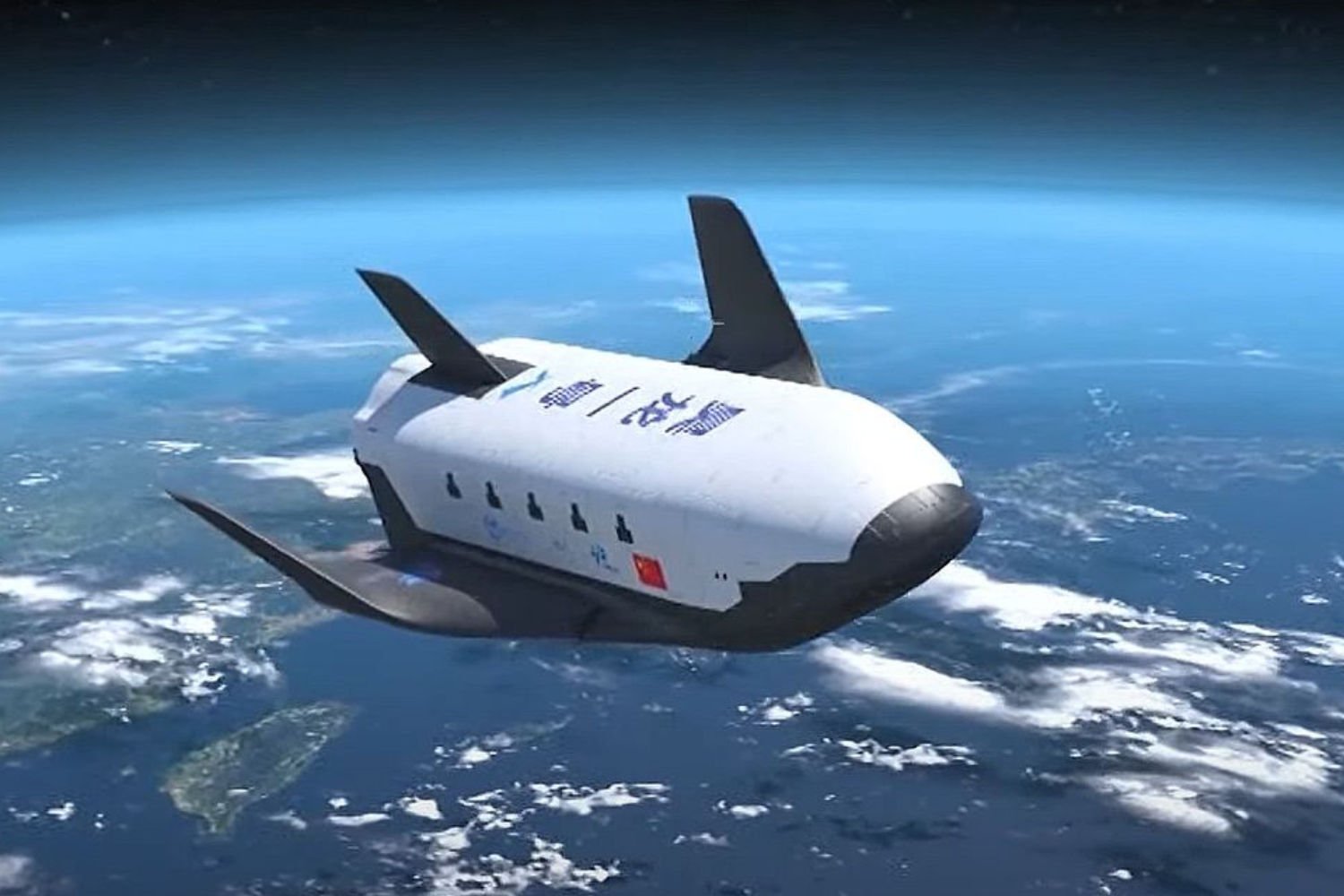In space, it is often said that borders no longer exist. Since the start of the new millennium, American and European astronauts and Russian cosmonauts have worked together, within a huge complex, the ISS. If the international space station lived up to its name for a time, it now faces competition from other national stations.
China was the first country to design its own station. Disappointed with the rotation set up by NASA in the ISS, the Chinese space agency (CNSA) decided to fend for itself. If the idea of designing an orbiting station alone has long been a pipe dream, of no interest to many, China has made them all lie.
A station and a space future for China
The Middle Kingdom has on the one hand succeeded in building a habitable orbiting station, but it has already sent astronauts to inhabit it. It is now considering long-term use, in a model close to that of the ISS. To achieve this, one question must be resolved, that of logistics.
In the early days of the ISS, NASA could count on the space shuttle, and China seems to have liked this model, seeing as it reproduces it today. The CNSA has just presented plans for its reusable space shuttle. Baptized, Haolong, it was built by the Chengdu Aviation Research and Design Institute.
With this shuttle, China hopes to increase resupply flights to its orbiting station. Currently composed of three modules (aligned one after the other), the Chinese space station should extend to 6 distinct modules, taking a T shape.
An American shuttle 2.0
As for Haolong, the shuttle is greatly inspired by American achievements of the 90s. It measures 10 meters high and 8 wide and must be launched by a rocket to leave Earth. Once in orbit, it is capable of reaching the Chinese space station, delivering its cargo and returning to Earth. This return flight is carried out like an airliner, with contact with the ground horizontally, as the American shuttles could do in the 90s and 2000s.
With this new construction model, China hopes to reduce the costs needed to launch missions into space. With a reusable shuttle, in addition to the money saved, China could greatly accelerate its development, launching several missions per month like SpaceX and its reusable rockets, capable of flying twice within a few days of each other.
🟣 To not miss any news on the WorldOfSoftware, , .












